As planned we made a tour through the centre of Riga after getting up and packing up camp. At 07:30 Riga’s old town is still very calm and only very few people and the occasional rat can be seen. From all the cafes and bars that you see in every other building however you can guess that at night it’s going to be a very lively atmosphere.







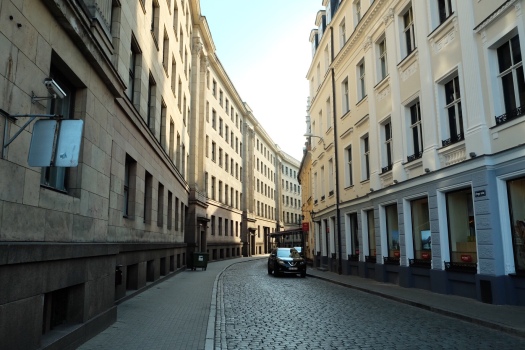



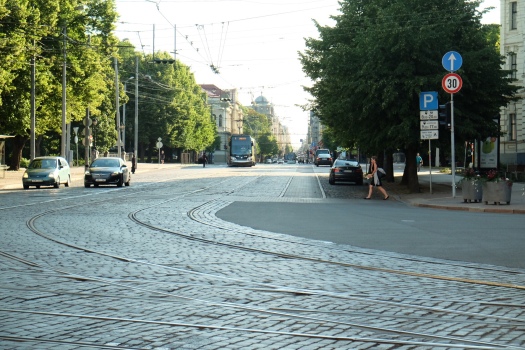

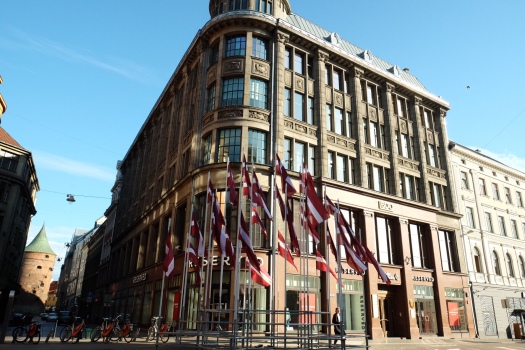


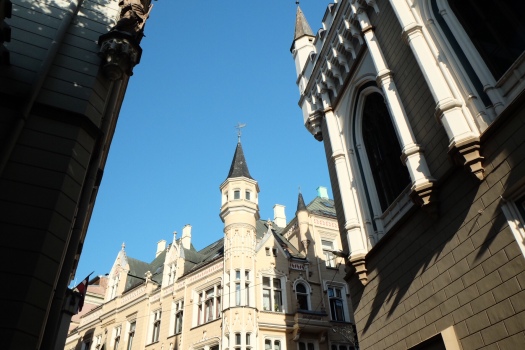


From Riga our next stop would be Klaipeda to there take the ferry onto the Curonian Spit. We passed the town of Liepaja on the shores of the Baltic Sea and turned South.
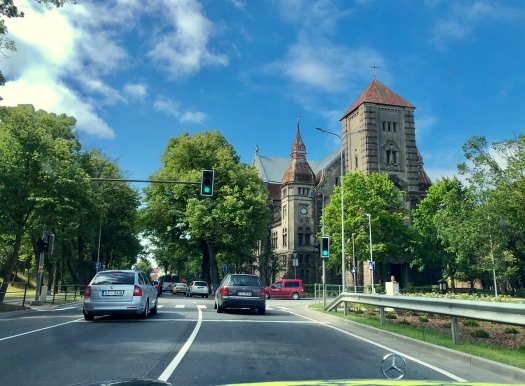
One we thing we noticed and that had already started in Estonia and here in Latvia and further south in Lithuania and Russia we saw a lot of storks. Storks in their nests, in meadows and swamps looking for food, flying storks. They all have their summer homes up here in the North to procreate and raise their hatchlings. They migrate here because in summer the days are much longer than further South so they have more time to hunt and find food for their little ones.

Having arrived in Klaipeda we got into the queue for the ferry. The distance across the Curonian Lagoon was very short and we got off very quickly.
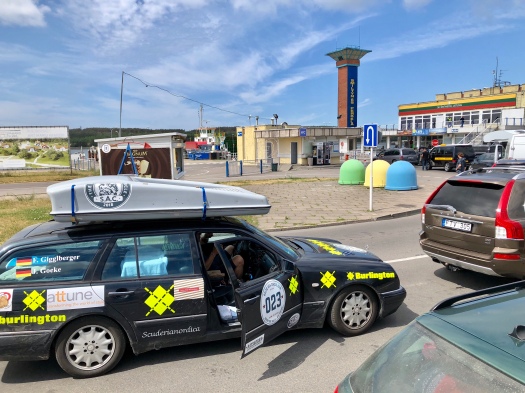
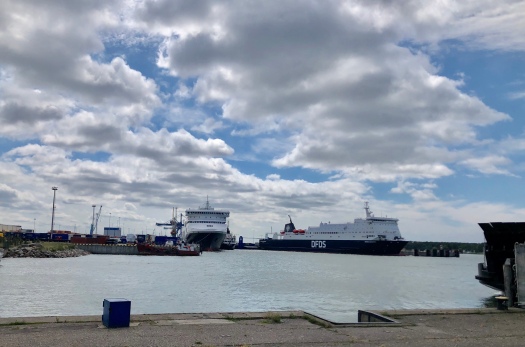
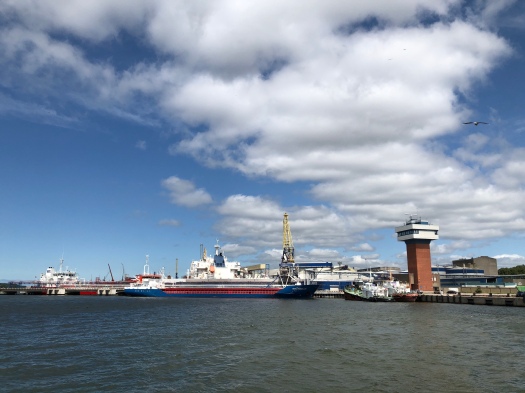

We now were on the Curonian Spit, a 98 km long peninsula, which is a UNESCO World Heritage site. As the border to Russia is on the spit, it’s shared by two countries.
Jörg’s grandmother, mother and aunt were born and have lived in Königsberg until 1945, which is now Kaliningrad, our target for this day and located at the southern end of the spit. His grandmother and her family and friends used to go on holidays or on the weekend to the beautiful shores of the Curonian Spit.
There were only a few villages on it and we had hoped to see more of the dunes that define the character of the spit. However the road towards Kaliningrad went mainly through the forest in the middle of the spit, which was a bit disappointing for we had thought that by now we would have seen enough woods.


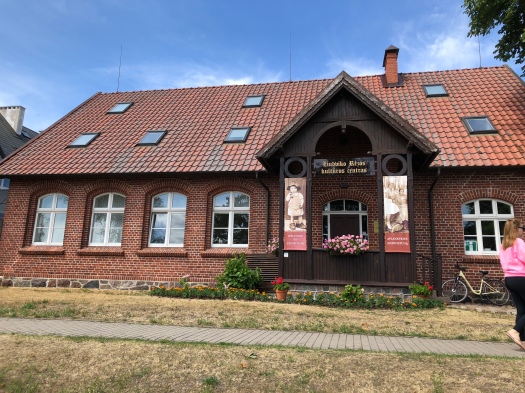
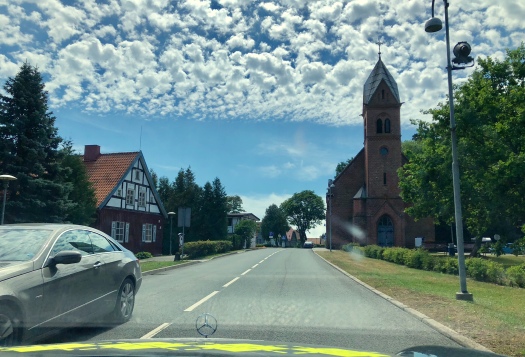
Still, beach and the access to it through dunes and heather was breathtakingly beautiful. There was a very strong Northeastern and the waves were unusually high for the Baltic Sea. But it’s a remarkable experience to stand on a beach that’s nearly 100 km long. Even in summer it presumably will hardly ever get crowded.








Then again immigration into Russia. Our second time. The process was a little bit different, the border and customs officers in general a bit friendlier and we made it in under 1 hour.

Now the last kilometres towards Kaliningrad. Kaliningrad, or Königsberg the provincial capital of East Prussia at that time, was subject to very heavy fighting during the last months of WW2. First the British had bombed it in 1944 with the result that most of the historic centre went up in flames. When eventually the Red Army approached it they besieged it in early 1945 and only few people managed to flee from the city. Among them was Jörg’s grandmother who was pregnant with her 3rd child and her two little daughters Carmen and Petra, Jörg’s mother, who got lost during the flight. This family history was one of the reasons for getting to Kaliningrad. Jörg’s ancestors had a trading house on the banks of the river Pregel.
Today there’s almost no building to be seen in Kaliningrad that was built before the war. The cathedral was re-built after the war with mostly money coming from Germany and the other one that we could identify was the former stock exchange. The rest looked like a badly planned amalgamation of post-war Soviet architectural excellence which by now has been further enhanced with modern buildings clad in cringeworthy Russian bling.
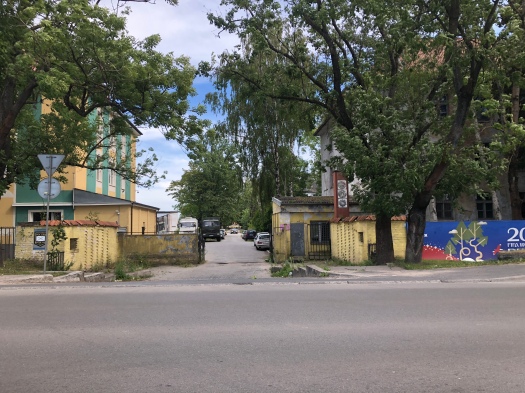



After having checked in at the hotel we went out and strolled the former centre of Königsberg. Unfortunately we couldn’t get into the cathedral where Jörg’s mother and aunt had been baptized as there was a music rehearsal going on.

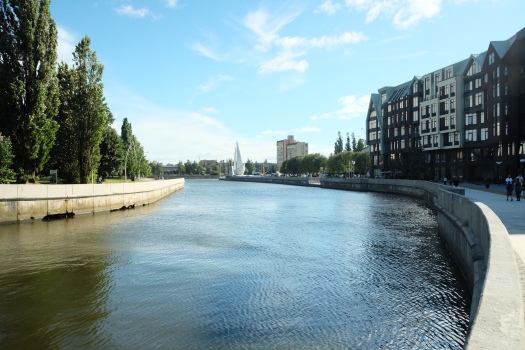
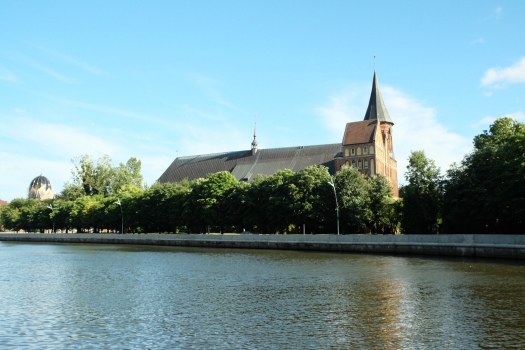










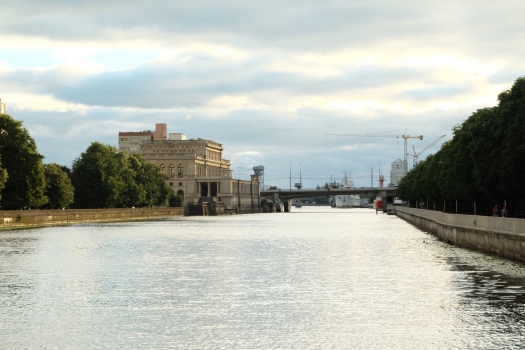
We then had a very nice dinner next to the river and went to bed early as we all were quite tired, especially Jörg.

It was for Jörg a memorable experience to see the roots of his mother’ side of his family and he felt a bit sad.

